#astronomy
Text
Eviction in the most comical way.


For the past two weeks eye have been trying to crowdfund for a new pair of strong prescription glasses. Because mine are broken.
CA: $HushEmu
Goal: $1275
In that interval I was fired due to “job abandonment” for calling off of work, because I cannot legally drive nor can I see. Now I am facing possible eviction with a very aggressive and hostile landlord.
Proof
THEY tried to evict me despite paying. Just because it didn’t “reflect” on their system on time.

Proof of my broken glasses




I’m still trying to raise $275 for my prescription glasses while trying to raise rent because I am now unemployed.
I am asking to stay housed! :/
If you can’t help financially please advocate for me.
• c+p on my behalf on various platforms
• If you mutuals with large following ask if they can share.
pls help. I’m just a girl.
#lesbian#sapphic#wlw#game changer#the bad batch#taylor swift#ttpd#lana del rey#artificial intelligence#astronomy#blackpink#character design#computer science#forest#one piece#podcast#programming#sports#technology#ts4#Spotify
987 notes
·
View notes
Text

A comet over the mountains in Osaka, Japan ©
#comet#mountains#earth#japan#astrophotography#night#sky#stars#planet#solar system#astronomy#nasa#galaxy
546 notes
·
View notes
Text

Regulus, Lion's Heart
507 notes
·
View notes
Text
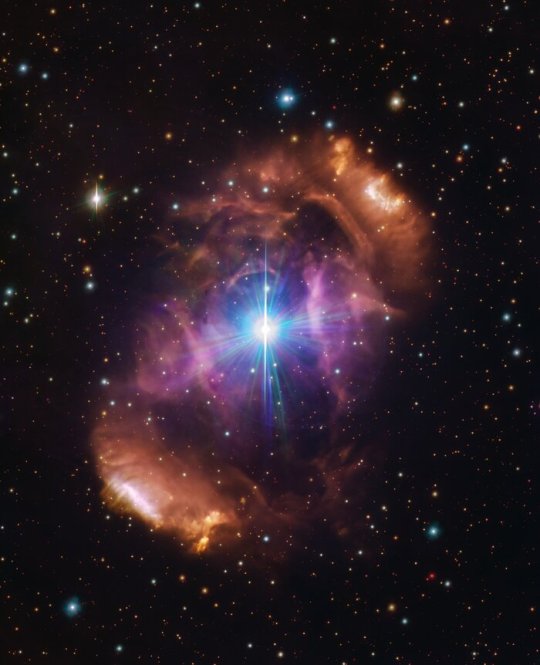
This image, taken with the VLT Survey Telescope hosted at ESO’s Paranal Observatory, shows the beautiful nebula NGC 6164/6165, also known as the Dragon’s Egg. The nebula is a cloud of gas and dust surrounding a pair of stars called HD 148937.
In a new study using ESO data, astronomers have shown that the two stars are unusually different from each other — one appears much younger and, unlike the other, is magnetic. Moreover, the nebula is significantly younger than either star at its heart, and is made up of gases normally found deep within a star and not on the outside. These clues together helped solve the mystery of the HD 148937 system — there were most likely three stars in the system until two of them clashed and merged, creating a new, larger and magnetic star. This violent event also created the spectacular nebula that now surrounds the remaining stars. Credit:
Credit: ESO
400 notes
·
View notes
Text
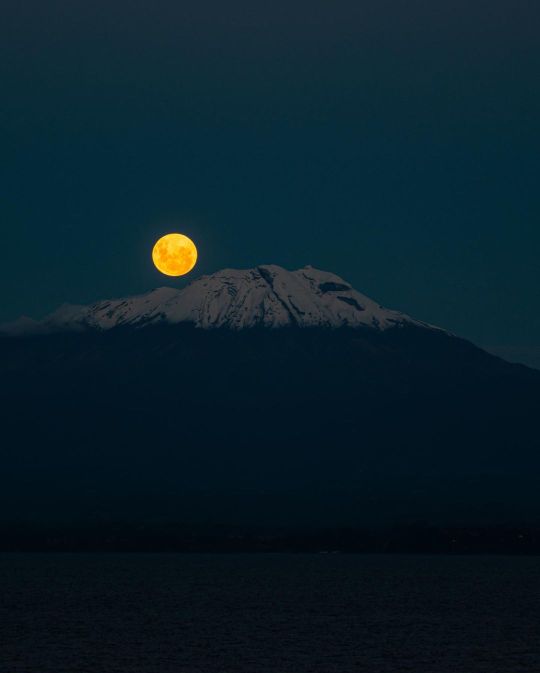

Leaving it all behind
Volcán Calbuco, Puerto Varas, Los Lagos, Chile.
#photography#art#nature photography#landscape photography#photographers on tumblr#astronomy photography#forest photography#volcano photography#moon photography#travel photography#nigth photography#artists on tumblr#landscapes#adventure#los lagos#chile#mountains#volcano#full moon#aesthetics#lensblr#astronomy#nigth sky#moon#patagononia chilena#south america
268 notes
·
View notes
Text

April's Full Pink Moon rising at StonehengeUK
#moon#full moon#space#pink moon#astrophotography#astronomy#universe#night#stars#sky#uk#stonehenge#solar system#galaxy#planets
355 notes
·
View notes
Text
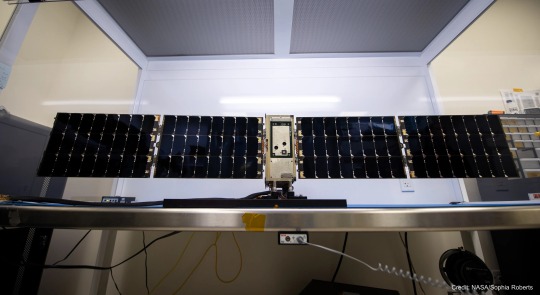
Tiny BurstCube's Tremendous Travelogue
Meet BurstCube! This shoebox-sized satellite is designed to study the most powerful explosions in the cosmos, called gamma-ray bursts. It detects gamma rays, the highest-energy form of light.
BurstCube may be small, but it had a huge journey to get to space.
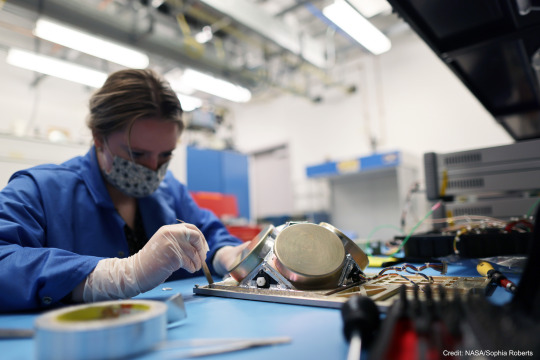
First, BurstCube was designed and built at NASA’s Goddard Space Flight Center in Greenbelt, Maryland. Here you can see Julie Cox, an early career engineer, working on BurstCube’s gamma-ray detecting instrument in the Small Satellite Lab at Goddard.
BurstCube is a type of spacecraft called a CubeSat. These tiny missions give early career engineers and scientists the chance to learn about mission development — as well as do cool science!
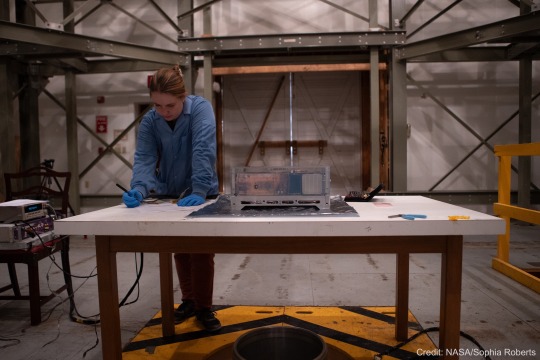
Then, after assembling the spacecraft, the BurstCube team took it on the road to conduct a bunch of tests to determine how it will operate in space. Here you can see another early career engineer, Kate Gasaway, working on BurstCube at NASA’s Wallops Flight Facility in Virginia.
She and other members of the team used a special facility there to map BurstCube’s magnetic field. This will help them know where the instrument is pointing when it’s in space.
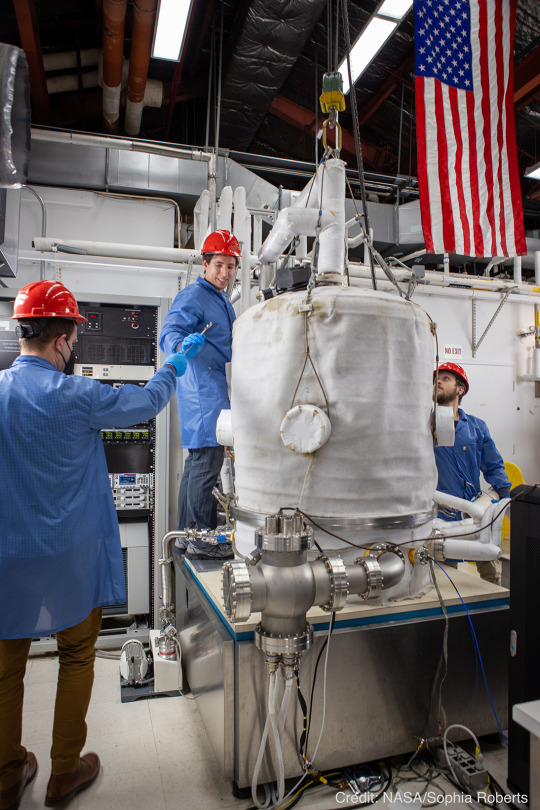
The next stop was back at Goddard, where the team put BurstCube in a vacuum chamber. You can see engineers Franklin Robinson, Elliot Schwartz, and Colton Cohill lowering the lid here. They changed the temperature inside so it was very hot and then very cold. This mimics the conditions BurstCube will experience in space as it orbits in and out of sunlight.
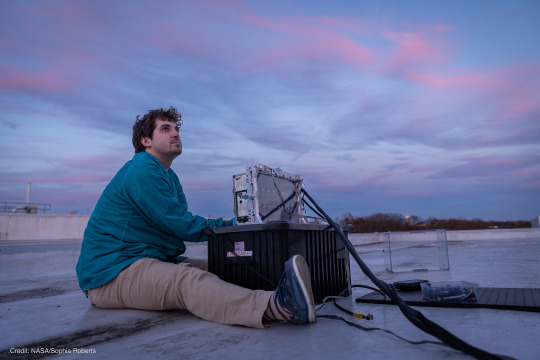
Then, up on a Goddard rooftop, the team — including early career engineer Justin Clavette — tested BurstCube’s GPS. This so-called open-sky test helps ensure the team can locate the satellite once it’s in orbit.
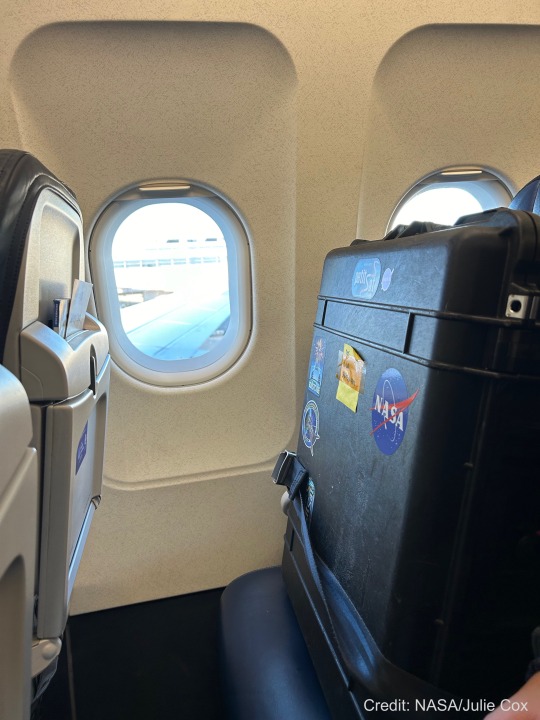
The next big step in BurstCube’s journey was a flight to Houston! The team packed it up in a special case and took it to the airport. Of course, BurstCube got the window seat!

Once in Texas, the BurstCube team joined their partners at Nanoracks (part of Voyager Space) to get their tiny spacecraft ready for launch. They loaded the satellite into a rectangular frame called a deployer, along with another small satellite called SNoOPI (Signals of Opportunity P-band Investigation). The deployer is used to push spacecraft into orbit from the International Space Station.
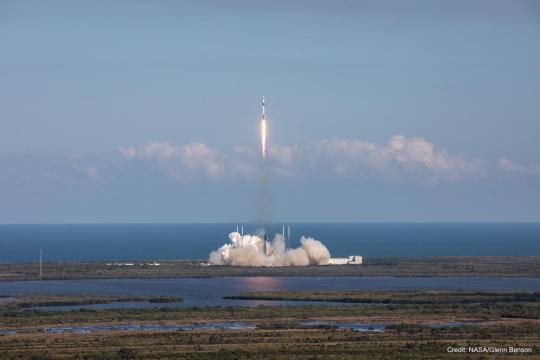
From Houston, BurstCube traveled to Cape Canaveral Space Force Station in Florida, where it launched on SpaceX’s 30th commercial resupply servicing mission on March 21, 2024. BurstCube traveled to the station along with some other small satellites, science experiments, as well as a supply of fresh fruit and coffee for the astronauts.
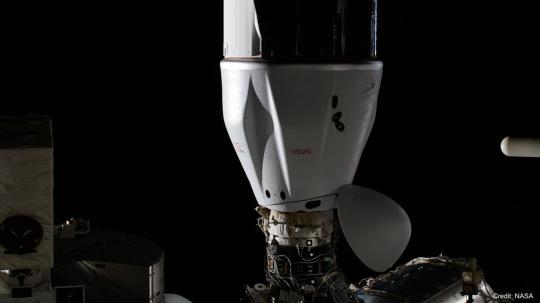
A few days later, the mission docked at the space station, and the astronauts aboard began unloading all the supplies, including BurstCube!
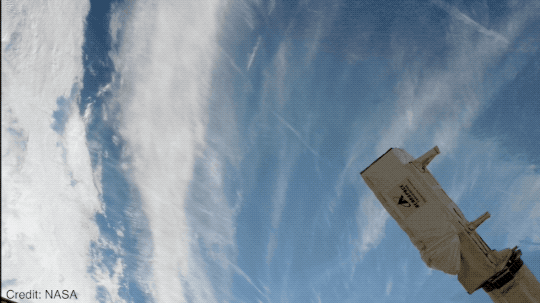
And finally, on April 18, 2024, BurstCube was released into orbit. The team will spend a month getting the satellite ready to search the skies for gamma-ray bursts. Then finally, after a long journey, this tiny satellite can embark on its big mission!
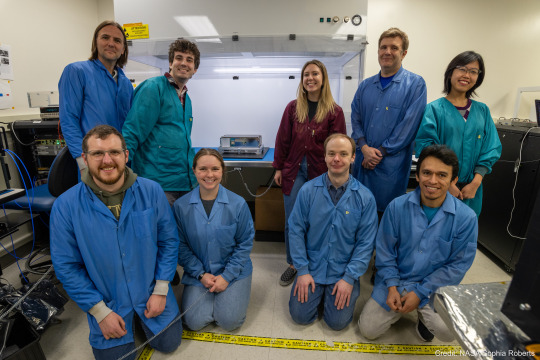
BurstCube wouldn’t be the spacecraft it is today without the input of many early career engineers and scientists. Are you interested in learning more about how you can participate in a mission like this one? There are opportunities for students in middle and high school as well as college!
Keep up on BurstCube’s journey with NASA Universe on X and Facebook. And make sure to follow us on Tumblr for your regular dose of space!
#tech#technology#dream job#jobseekers#NASA#space#spaceblr#universe#astronomy#science#gamma ray bursts#cubesat#smallsat#launch
244 notes
·
View notes
Text
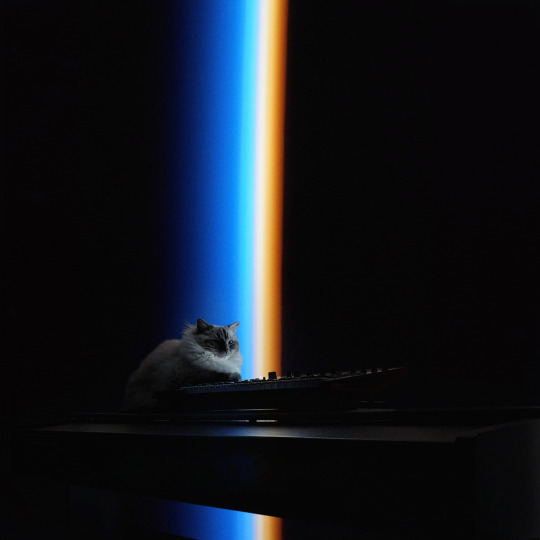
#cats on synthesizers in space#catsonsynthesizersinspace#cosis#cat#cats#synth#synths#synthesizer#synthesizers#space#cosmos#astronomy#scifi#nasa#spacex#caturday#cute#epic#funny#lolz#catsofinstagram#cats of tumblr#Timmy
165 notes
·
View notes
Text

Clearest photo of Pluto ever taken
#pluto#planet pluto#solar system#astronomy#astronomers#nasa#universe#astrophotography#nasa photos#astrophysics#outer space#nasawebb#hubble space telescope#i love astronomy#astronomy facts#astrography#astro community#astro notes#astro observations#astroblr#space exploration#space#science#science facts#planetary science#cosmos#the universe#galaxy#galaxies#planetary nebula
172 notes
·
View notes
Text

The Sun on April 23, 2024 // Steven Christensen
161 notes
·
View notes
Text
youtube
Venture into the deep past of the cosmos with Crash Course Pods: The Universe. In episode one, John Green and Dr. Katie Mack start at the beginning -- the first 60 seconds of the universe 13.8 billion years ago.
Episode one is out now! Listen on YouTube or wherever you get your podcasts!
#crash course#john green#science#education#Dr. Katie Mack#astrophysics#astronomy#deeptime#podcast#Youtube
148 notes
·
View notes
Text
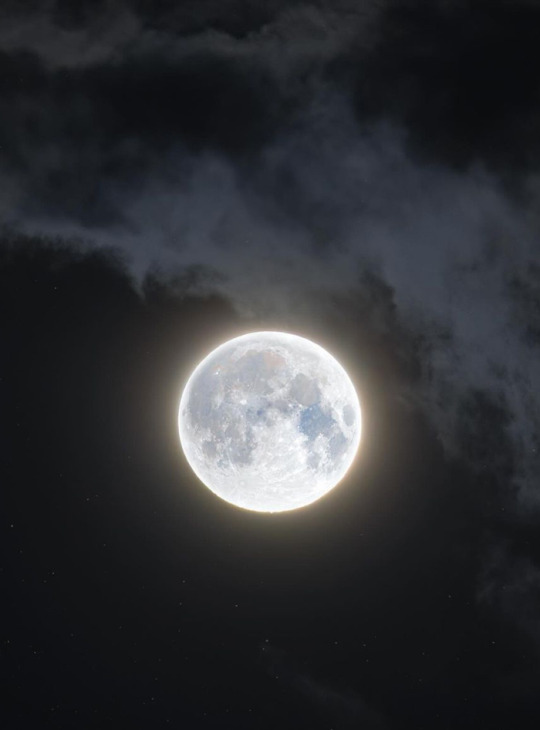
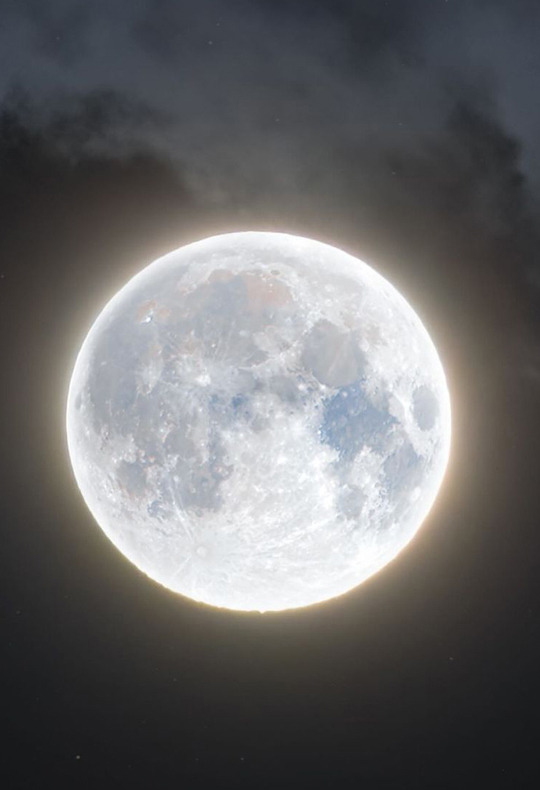

April Full Moon © astronycc
#full moon#astrophotography#nasa#space#stars#pink moon#night sky#solar system#moon#universe#astronomy#cosmos#galaxy#planet
535 notes
·
View notes
Text

NGC 6164, Dragon's Egg
553 notes
·
View notes
Text
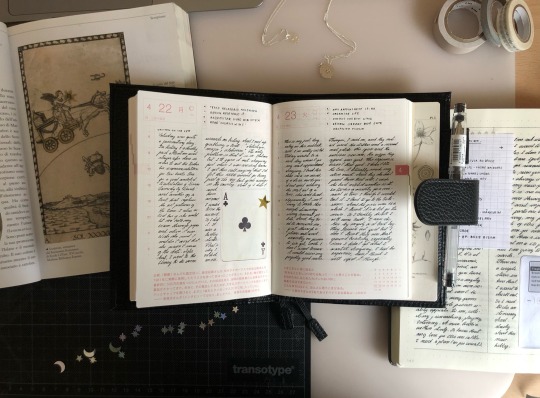
“ (…) l’astrolgia è la scienza divina che rende gli uomini felici e che insegna loro ad apparire dèi fra i mortali” - Flavio Mitridate.
I’m in love with this notebook system, and the book beside it as well (“Astrologia, magia, alchimia” by Matilde Battistini. This might be my favourite picture of my notebooks, so far.
On another note, next video will be a little late, probably this weekend. Thank you again for the ongoing support.
Translation of the quote above:
“(…) astrology is the divine science that makes men happy and teaches them to appear gods among mortals.”
#notes#bullet journal#commonplace book#commonplace journal#notebook#academia#dark academia#youtube#astronomy#astrology#quotes#hobonichi a6#hobonichi
121 notes
·
View notes
Text

Solar eclipse over Shelbyville, Kentucky, August 7, 1869.
(Cambridge University)
115 notes
·
View notes
Text

Messier 101 - Pinwheel Galaxy
space.by.jase on Instagram
74 notes
·
View notes